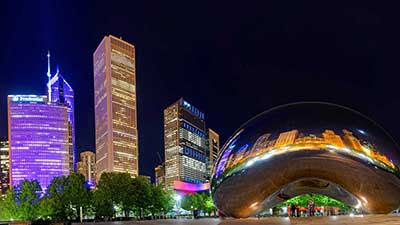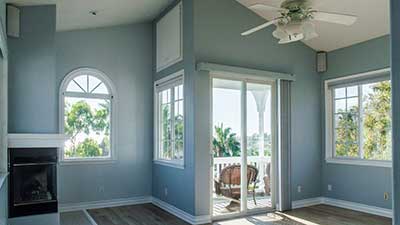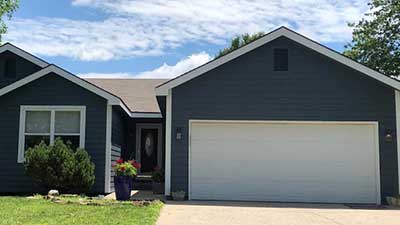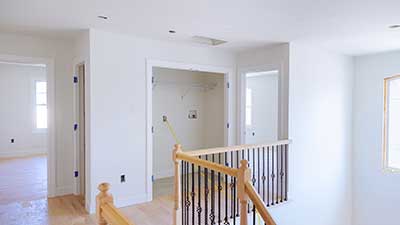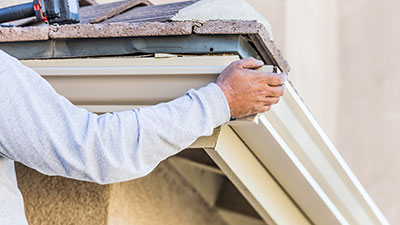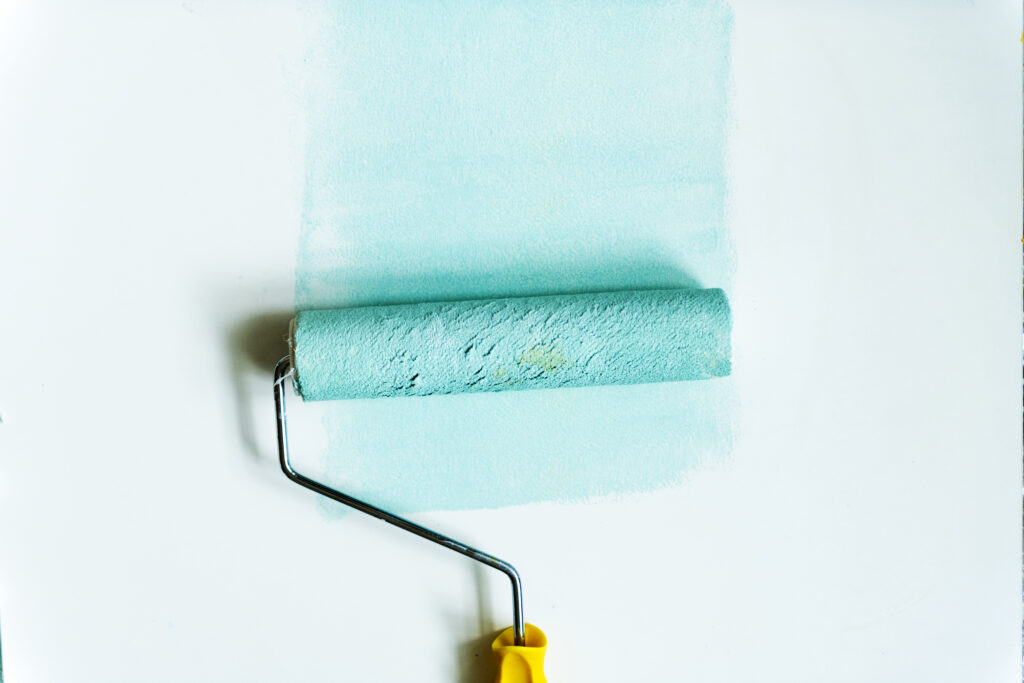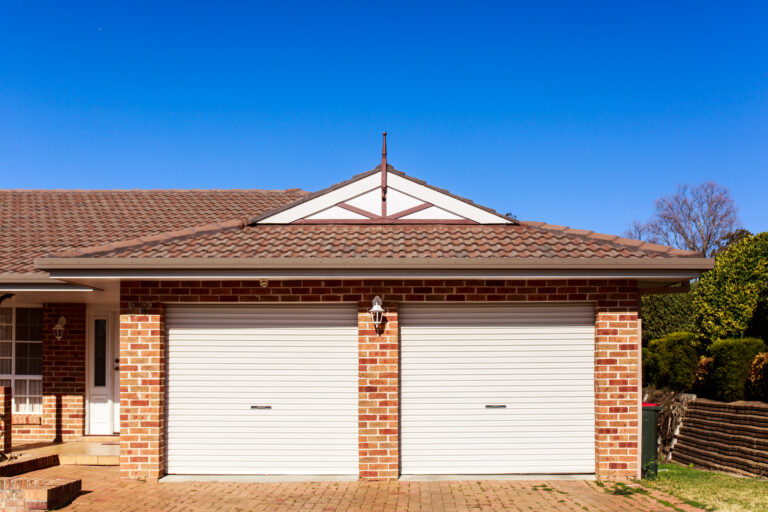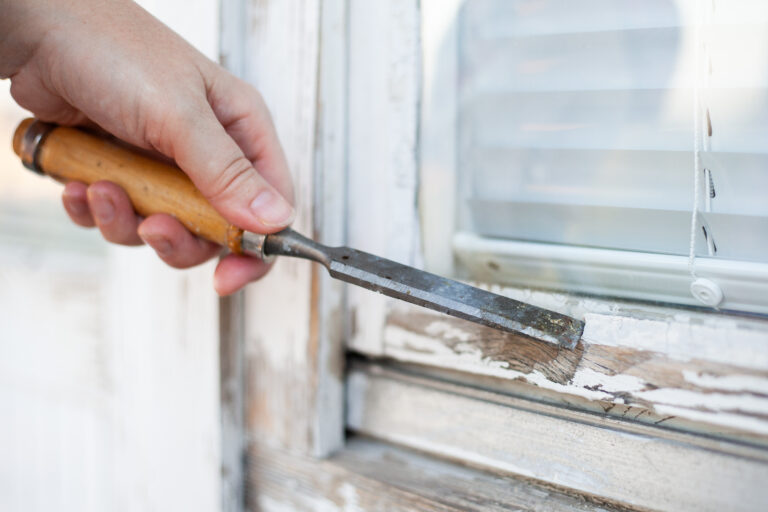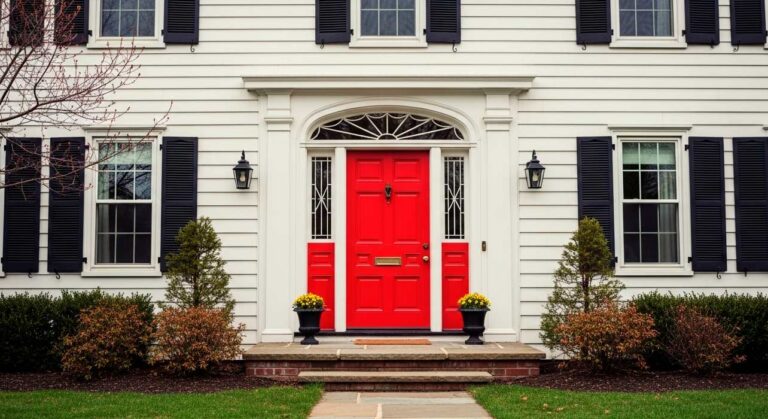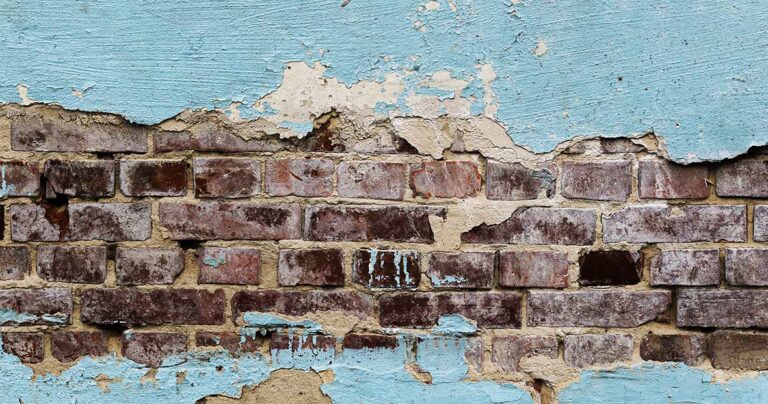Embarking on a painting project with new drywall is a bit like preparing for a marathon; it’s all about the prep to ensure a flawless finish. Before you even think about dipping your brush into the paint, there’s some crucial groundwork to be laid. Prepping new drywall isn’t just a step in the process—it’s the foundation that will make or break the look of your final coat. This isn’t about just throwing on some primer and hoping for the best. It’s about treating your walls with care, ensuring they’re smooth, primed, and ready to showcase your chosen color.
So, if you’re looking at your walls wondering where to start, you’re in the right place. Let’s walk through the essential steps to get your drywall from bare to brilliantly painted, in a straightforward and no-fuss way. Grab your tools, and let’s get those walls ready for their transformation!
Overview of New Drywall Preparation
Preparing fresh new drywall before painting is essential to ensure the paint adheres properly and achieves a smooth, professional finish. Skipping this critical step can lead to a variety of issues, such as paint not sticking correctly, visible seams and joints, and an overall uneven and unattractive appearance.
Cleaning and Inspection
Proper preparation involves a series of steps designed to seal the porous surface of the drywall, mitigate issues such as shrinkage, cracking, and bubbling of paint, and ensure that the final paint job is uniform in appearance and durable over time. This includes removing all the dust and ensuring the drywall surface is bone dry.
Sanding and Smoothing
Once the new drywall is clean and any necessary repairs have been made, including filling small holes with drywall mud or compound and ensuring the drywall paper is intact, the next step is sanding. This process involves using sandpaper or a pole sander to carefully smooth out the surface of the drywall. Particular attention is paid to seams, edges, and areas where joint compound or drywall compound has been applied, as these are the most prone to showing imperfections if not properly smoothed. Fine-grit sandpaper is typically recommended to avoid inadvertently damaging the drywall surface and to prepare the drywall for one coat or two coats of high-quality primer. The goal of sanding is to create a perfectly smooth base for the primer and paint, ensuring that the final finish is even and free of blemishes and other imperfections. This step is crucial for achieving the desired professional look and feel of the painted surface in any room of the house, making it an important part of the painting process for new paint application.
Applying Drywall Primer
The application of a high-quality primer specifically formulated for new drywall is a foundational step in the painting process. Priming new drywall is indispensable as it seals the porous surface, ensuring a uniform and smooth base that enhances the adhesion of the paint. This, in turn, contributes to reducing the number of paint coats necessary and significantly improves the durability of the finish. For efficient primer application, rollers are ideal for covering large areas swiftly, ensuring even coverage, while brushes are preferred for detailed work around corners and edges to achieve comprehensive coverage. The strategic use of primer not only facilitates a more adhesive surface for painting but also lays the groundwork for a lasting and aesthetically pleasing finish.
Choosing the Right Paint
The selection of paint is a critical decision influenced by the intended function of the room and the desired aesthetic outcome. For walls constructed of new drywall, a flat or matte finish is frequently recommended for living spaces due to its ability to mask imperfections, providing a smooth and even appearance. Conversely, for high-moisture environments such as bathrooms and kitchens, semi-gloss or gloss finishes are advocated to leverage their moisture-resistant properties. The quality of the paint chosen is also paramount, as higher-quality paints offer superior coverage, durability, and a more refined finish, enhancing the overall look and longevity of the wall surfaces.
Painting Techniques for New Drywall
Employing the right painting techniques is essential for achieving a uniform and flawless finish on new drywall. A common and effective method involves using a roller to apply paint in a “W” pattern across the surface, ensuring even distribution of paint from the edges inwards. This technique helps in minimizing the appearance of roller marks and provides a consistent coat. It is advisable to apply multiple thin coats rather than a single thick coat to avoid the formation of drips and ensure a smooth, even finish. Crucially, allowing each coat to dry thoroughly before applying the next is key to achieving optimal results and longevity of the paint job.
Tools and Materials Checklist
A comprehensive list of tools and materials is essential for the successful preparation and painting of new drywall, ensuring that all necessary items are at hand before commencing the project. This checklist includes:
- Sandpaper (fine-grit) or a sanding pole for surface preparation
- High-quality drywall primer
- Paint selected according to the room’s function and desired finish
- Rollers and brushes for primer and paint application
- Paint tray for holding and rolling out paint
- Joint compound for patching and repairing any imperfections
- Putty knife for applying the joint compound
- Dust mask and protective eyewear for safety
- Tarp or drop cloths to protect flooring from spills and drips
Common Mistakes to Avoid
Inadequate Surface Cleaning
Before applying primer, it’s imperative to clean the drywall surface thoroughly to remove dust, dirt, and debris. Failure to do so can result in poor adhesion of the primer and paint, leading to a finish that may peel or flake over time.
Over-application of Primer or Paint
Achieving a professional finish on new drywall requires meticulous attention to detail and adherence to best practices throughout the painting process. Several common pitfalls can compromise the quality of the finish, leading to unsatisfactory outcomes. These include:
Applying primer or paint too thickly can lead to runs, sags, and an uneven finish. It’s essential to apply both in thin, even coats, allowing each coat to dry fully before applying the next. This approach not only ensures a smoother finish but also contributes to the longevity of the paint job.
Insufficient Drying Time
Impatience can lead to not allowing adequate drying time between coats of primer and paint. This mistake can trap moisture beneath the surface, leading to issues such as bubbling, peeling, or mildew growth. It’s crucial to follow the manufacturer’s recommended drying times to ensure optimal results.
Incorrect Primer or Paint Selection
Using the wrong type of primer or paint for the surface can lead to poor adhesion, inadequate coverage, and a finish that doesn’t last. It’s important to select products specifically formulated for use on new drywall to ensure compatibility and durability.
Avoiding these mistakes is essential for a smooth painting process and achieving a finish that not only looks professional but also stands the test of time.
Post-Painting Care and Maintenance
After investing time and effort into painting new drywall, proper care and maintenance are key to preserving the beauty and integrity of the finish. Here are some tips for post-painting care:
Gentle Cleaning
To remove dust or marks from painted walls, use a soft, damp cloth. Avoid using harsh cleaning chemicals or abrasive tools, which can damage the paint surface.
Protect from Sunlight and Extreme Temperatures:
Exposure to direct sunlight and extreme temperature fluctuations can cause the paint to fade or crack prematurely. Where possible, use window coverings to protect walls from intense sunlight and maintain a stable indoor temperature.
Regular Inspections
Periodically inspect painted surfaces for signs of damage, wear, or aging. Early detection of issues such as peeling or cracking allows for timely touch-ups, extending the paint job’s overall longevity.
Conclusion
In conclusion, starting a project with fresh drywall demands meticulous attention to detail and patience, promising a significant enhancement of your environment. This guide provides a clear path for achieving a superior finish in painting drywall, significantly improving both the aesthetic appeal and value of your space. Visualize the potential transformation, letting it inspire you to begin your paint drywall project with enthusiasm. Adhering to the outlined steps ensures a result that not only appears professional but also endures over time, showcasing your commitment and effort in managing fresh drywall effectively.

